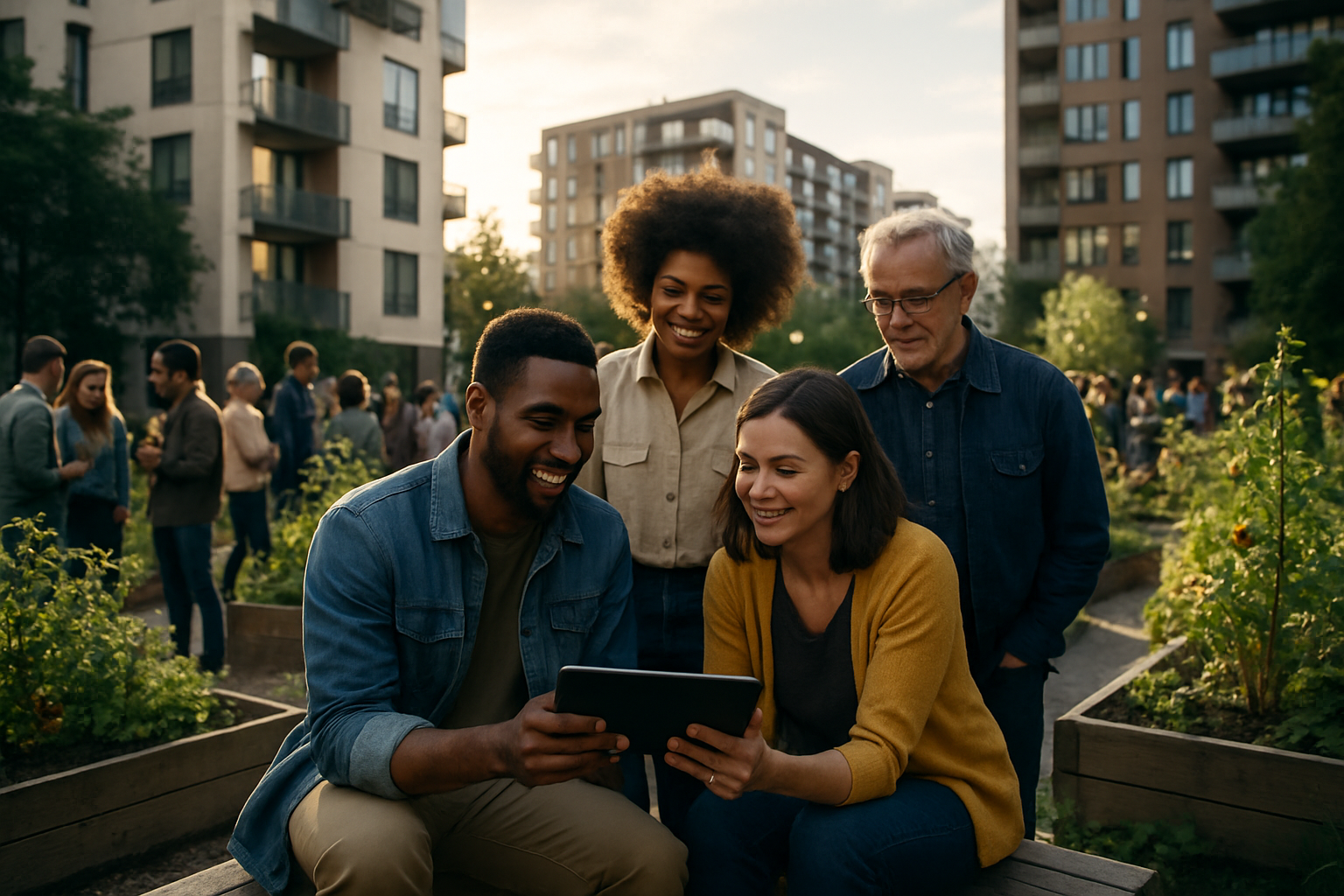Neo-Tribalism: Urban Communities Reimagining Social Bonds
In an era of digital connectivity, a counterintuitive trend is reshaping urban landscapes. Neo-tribalism, a grassroots movement fostering intimate, localized communities, is gaining traction in cities worldwide. This phenomenon challenges the notion that modernization leads to social atomization, instead revealing a deep-seated human need for tangible, meaningful connections. Read below to explore how neo-tribalism is redefining urban social structures and what it means for the future of city living.

The Roots of Neo-Tribalism
The concept of neo-tribalism isn’t entirely new. Sociologist Michel Maffesoli introduced the term in the 1980s to describe the emotional communities that form in opposition to the individualism of modern society. However, its current manifestation in urban settings is distinctly shaped by 21st-century challenges. The acceleration of urbanization, coupled with the digital revolution, has paradoxically led to increased feelings of loneliness and disconnection among city dwellers.
Urban sociologists point to several factors contributing to the rise of neo-tribalism. The erosion of traditional community structures, the transient nature of modern work life, and the often-impersonal nature of digital interactions have all played a role. Moreover, the COVID-19 pandemic acted as a catalyst, highlighting the importance of local support networks and reigniting interest in community-based living.
Characteristics of Urban Neo-Tribes
Urban neo-tribes take various forms, but they share certain common characteristics. These groups typically consist of 20 to 150 individuals, mirroring the size of hunter-gatherer bands that anthropologists believe represent the optimal number for maintaining close social bonds. Neo-tribes often organize around shared living spaces, communal gardens, or neighborhood initiatives.
A key feature of these communities is their emphasis on reciprocity and mutual support. Members often share resources, skills, and time, creating informal economies based on trust and social capital. This can manifest in various ways, from shared childcare arrangements to collective purchasing power for local goods and services.
The Digital-Physical Hybrid Model
Interestingly, while neo-tribalism partly arose as a reaction to digital overreliance, many of these communities leverage technology to enhance their physical connections. Social media platforms and messaging apps are used to coordinate activities, share information, and maintain ties between face-to-face interactions. This hybrid model allows neo-tribes to benefit from digital tools while prioritizing in-person engagement.
Impact on Urban Design and Policy
The rise of neo-tribalism is influencing urban planning and policy-making. City officials and developers are increasingly recognizing the value of design that fosters community interaction. This has led to a renewed focus on creating public spaces that encourage spontaneous gatherings, such as community gardens, shared workspaces, and pedestrian-friendly neighborhoods.
Some cities are even experimenting with neo-tribal principles in public housing projects. For instance, cohousing developments, where private homes cluster around shared spaces and facilities, are gaining popularity. These designs aim to strike a balance between privacy and community, addressing the dual needs for personal space and social connection.
Challenges and Criticisms
Despite its potential benefits, neo-tribalism faces several challenges. Critics argue that these tight-knit communities may lead to social exclusivity, potentially exacerbating existing urban divides. There are concerns about the sustainability of such intense social bonds in the face of the transient nature of modern urban life.
Additionally, the intentional nature of neo-tribes raises questions about diversity and inclusion. While many neo-tribal communities actively work towards inclusivity, there’s a risk of homogeneity if not carefully managed. Balancing the desire for like-minded community members with the need for diverse perspectives remains a significant challenge.
The Future of Urban Social Structures
As neo-tribalism continues to evolve, it’s likely to have a lasting impact on urban social structures. Sociologists predict that this movement could lead to a reimagining of city neighborhoods, with a shift towards more localized, community-centric living. This could have far-reaching effects on everything from local economies to mental health outcomes in urban populations.
The neo-tribal movement also presents opportunities for addressing broader societal issues. By fostering strong local communities, cities may be better equipped to tackle challenges such as climate change adaptation, social isolation among the elderly, and the integration of newcomers.
In conclusion, neo-tribalism represents a fascinating convergence of ancient social instincts and modern urban realities. As this movement continues to grow and evolve, it offers valuable insights into the changing nature of community in the 21st century. By understanding and embracing the principles of neo-tribalism, urban planners, policymakers, and citizens alike can work towards creating more connected, resilient, and fulfilling urban environments.





